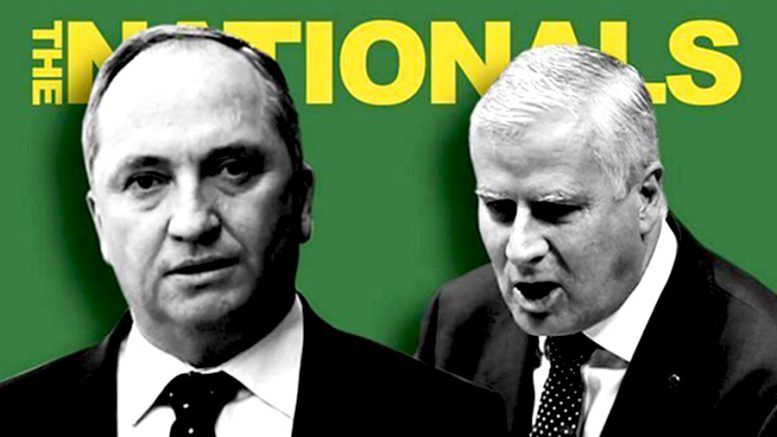Contributed by Gen Davis
Like many other Australians, I was taught how Australia rides on the sheep’s back. The myth of us being a predominantly rural nation has long been bandied about. No point considering if the land was occupied before the white farmers were here. We hear it constantly, it’s like an accepted ‘truth’- Well, is it true?
In 2018 an estimated 90 percent of Australians lived in urban areas. Our nation is one of the most urbanised countries on the planet. The urban areas are not just the big capitals like Melbourne and Sydney but towns like Newcastle, Wollongong, Geelong, Cairns, all whose populations are over 150,000.

Photo by Sam Rosewarne: Australia does not ride on the sheep’s back
In 2019 the primary producers involved in agriculture produced 2 percent of the Australian GDP. This was down from 3 percent in the 2009-10. Hardly a major contribution to the economy.
Concurrently figures from 2017 show the service sector produced 62 percent of Australia’s GDP. The service sector covers industries such as education, finance, and tourism. A tad more than primary production contributes.
So, if Australia’s economy isn’t totally beholden to our rural sector, that we don’t ride on the sheep’s back, are we saying the rural areas are neglected in relation to their contribution?
What about voting? Do rural voters get neglected by the system? I think not. We have Federal electorates such a Durack, in which 81,613 votes were cast in the last Federal Election. In the Australian Capital Territory, the Federal Electorate of Canberra has 144,391 electors.
Nearly twice as many people as Durack but the same number of federal parliamentarians. Should that be the case? Is the value of a vote equal in both electorates?
Rural voters primarily favour the ‘right’ of our Tweedle-De – Tweedle-Dum of our parliamentary duopoly.
The National Party was first established in 1913 as the Country Party, ostensibly to stop the election of a Federal ALP Government They feared the introduction of any sort of land tax and concerns about the ALP’s links with the Unions. By 1922, the Country Party had become a partner in the governance of the nation. It remains there nearly a century later.
In recent times we’ve seen the National Party, very much representing the mineral industry, wag the tail on how Australia presents to the world at the upcoming Glasgow Climate Change Conference. Climate Change: is it real? Obviously for the National Party and its financial backers it’s not
Does the number of votes received by the National Party equate to being partners in governing the nation? You’d imagine fulfilling this role you’d require a lot of votes: How many do they get?
In the 2019 Australian federal election, 642, 233 Australian gave their first vote to the National Party of Australia, resulting in their getting ten federal seats. In comparison the Greens received 1,482,923 first votes for just one federal seat. This doesn’t seem right.
The Nationals are partners in the current right wing federal government. If the voting system in Australia allows such a blatant anomaly, obviously not everyone’s votes aren’t even. So much for a democracy.
Would multi member electorates be a fairer way of ensuring votes are equally weighted no matter where you reside? We could then have electorates allowing representation for both rural and urban voters. Other nations have this system One is our neighbours in Aotearoa, where it has long been accepted.
Maybe a PEN reader could point out where our constitution allows for multi member electorates?


Be the first to comment on "Equality between city and country does not exist in Australia"